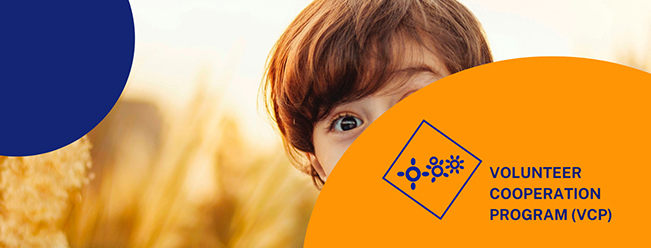While substantial evidence exists on the trafficking and exploitation of migrants and refugees on the Western Mediterranean migration route in Europe, little is known about trafficking in human beings along the Eastern Mediterranean Route. Yet almost 1.5 million people arrived in Europe through this route in 2015-2016.
Many of them were children, including children travelling alone. Initially moving through Turkey to Greece, people then travelled along the ‘Western Balkans Route’ to Germany, Sweden, Austria and other EU countries. Both along the route and at final destinations, many people and organisations helping refugees and migrants found themselves overstretched by the high numbers of people arriving and struggled to identify people who were at risk of or had been trafficked.
Destination Unknown member Terre des Hommes, with other organisations, recently conducted a study on how to assess the risk that a person is being or at risk of being trafficked, and what makes people more at risk of trafficking along the Balkans route and in selected destination countries. The study also investigated the gaps, needs, challenges and good practices in the identification, referral, protection and rehabilitation of victims of people trafficking who use this route.
The research found that while trafficking and exploitation are a major cause of concern for migrants and refugees travelling along the Western Balkans route, the number of identified victims remains extremely low. According to the study, this was due to a lack of adequate investment in identifying and assisting victims, including children – especially in the first reception and asylum systems for new arrivals.
On the Balkans route, human trafficking is often related to the migrant smuggling process, with exploitation occurring due to people being in debt to smugglers, and due to smugglers demanding increasing amounts of money for their services. The complexity of differentiating between the smuggling of migrants and trafficking of persons contributes to making identification more difficult.
Increasingly restrictive border control policies and the lack of legal alternatives for onward movement play into the hands of unscrupulous smugglers. They use this opportunity to traffic and exploit people in other ways, taking advantage of the vulnerable situation of child and adult migrants and refugees alike.
National anti-trafficking systems are still mostly geared towards responding to the needs of particular categories of victims, such as adult European or Sub-Saharan African women who are victims of sexual exploitation, or victims of labour exploitation from within the EU. As a result, they are struggling to respond to the specific needs of trafficking victims with different profiles, such as people who have travelled along the Balkans route to the EU.
The legal status of trafficking victims is often uncertain and remains linked to their cooperation in criminal proceedings. This situation discourages victims from reporting their experiences to the police and accessing much-needed long-term protection and rehabilitation services, while also hampering anti-trafficking criminal investigations.



